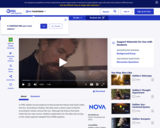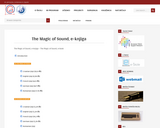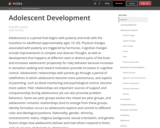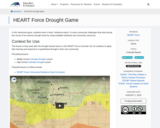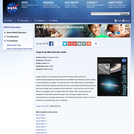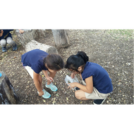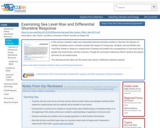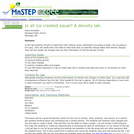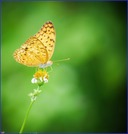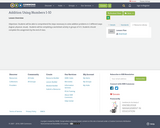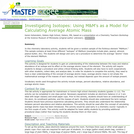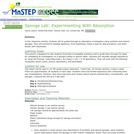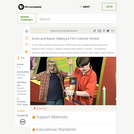This e-book is one of the results of the international project “The Magic of Sound” coordinated by XV. gimnazija, Zagreb, Croatia, with the partners: Devonport High School for Girls, Plymouth, United Kingdom, Justus-von-Liebig Gymnasium, Neußäs, Germany and Colegiul National Moise Nicoara, Arad, Romania. The project was funded by the European Union through the program Erasmus+.
Based on the existing curricula of all participating schools, we produced the teaching/ learning materials which could make education more interesting. As they are independent from the school system, they can be shared and further developed on a broad base.
The developed teaching/ learning materials and methods integrate the teaching of basic skills, as in science, mathematics, literacy and arts, and present strategies on how to simultaneously give students deeper insights into the global picture. They also provide students with the tools to interconnect their knowledge and apply it in different fields, which still presents one of the biggest challenges in education on the overall.
We chose sound as a topic because we found that it can be perfectly integrated in the subject curricula of Physics, Mathematics, Music, Languages, Biology, History and Psychology in all four countries. The sub-topics are organised in four groups around the main subjects - O1: Magic of Music, O2: Sounds in Nature, O3: Sounds of Europe, O4: Theory of Sound- which allowed us to establish a solid basis for the interdisciplinary teaching. In the final sub-topic, O5: The Magic of Sound, the techniques and examples on how to reorganise the materials in an arbitrary context are presented.
The materials are presented in a variety of forms: worksheets, methodological instructions, presentations, videos, quizzes, etc. There are examples of completely developed interdisciplinary units, but there are also shorter pieces that incorporate elements of general knowledge or other subject- specific links which enrich the teaching of a primary subject without overloading it. Some materials include evidence of students’ work.
Most of the materials are given in four languages of the participating countries, all of them in the English language. Topics to be incorporated in the teaching of languages are structured as follows: French is given separately, because it is not one of the four “official” languages, English given only in the sections in English, and German is given in all sections.
Some materials allow students to see the opportunities for future employment within the EU in the context of what has been taught, and to realize that being a part of Europe does not mean losing their identity, but enhance it in many positive ways. Together we are stronger.


